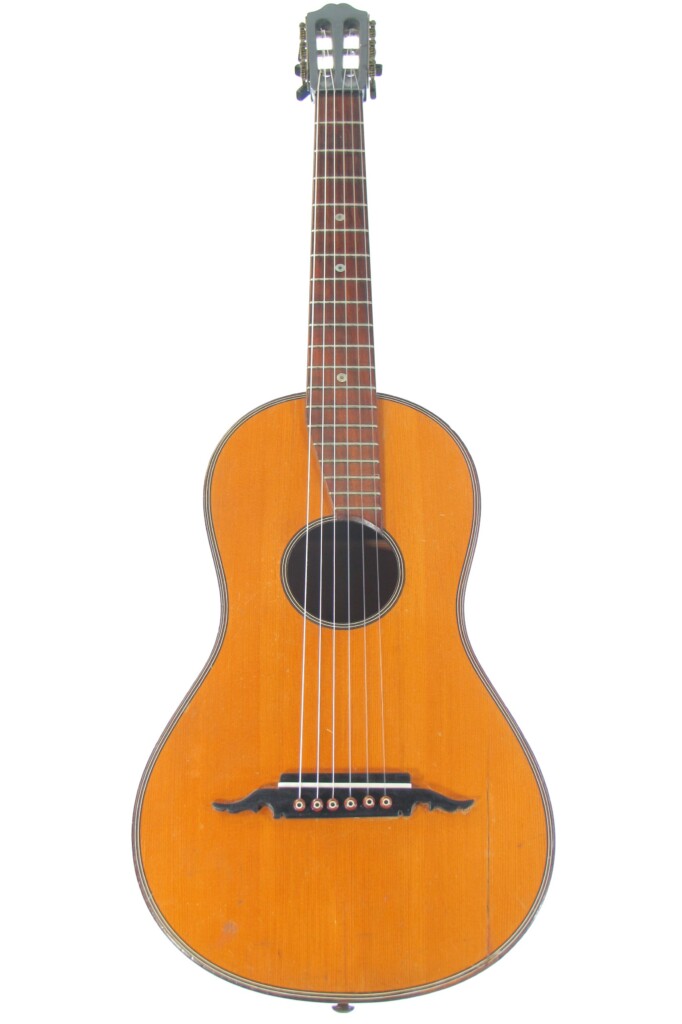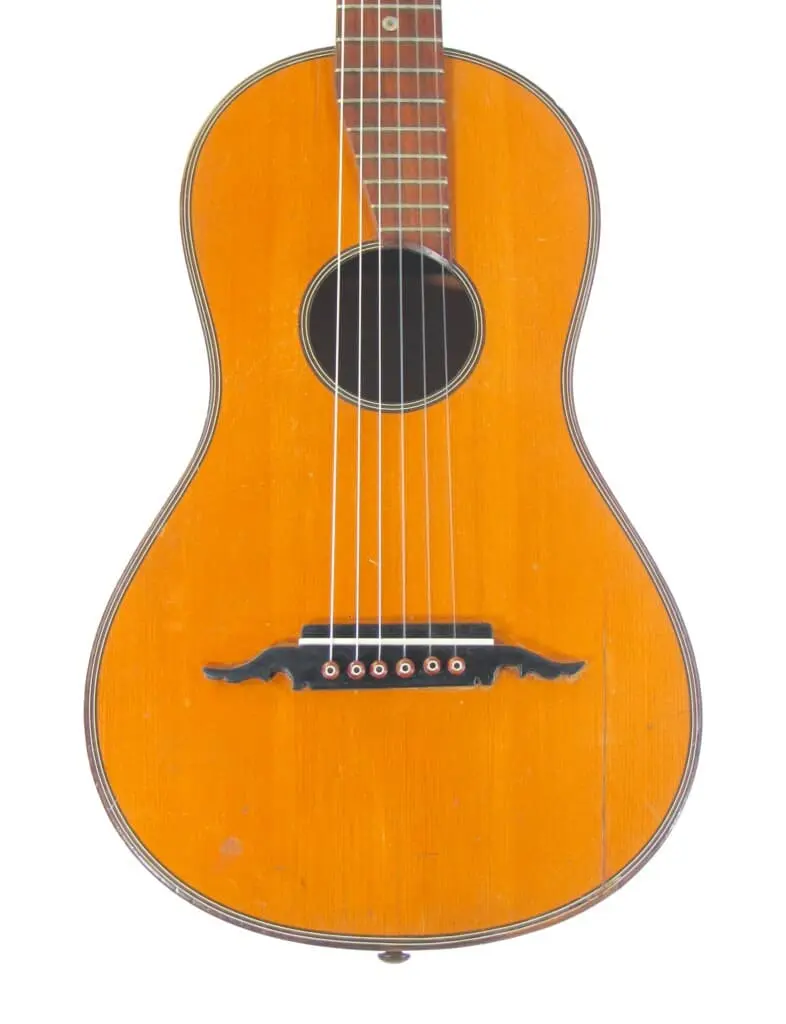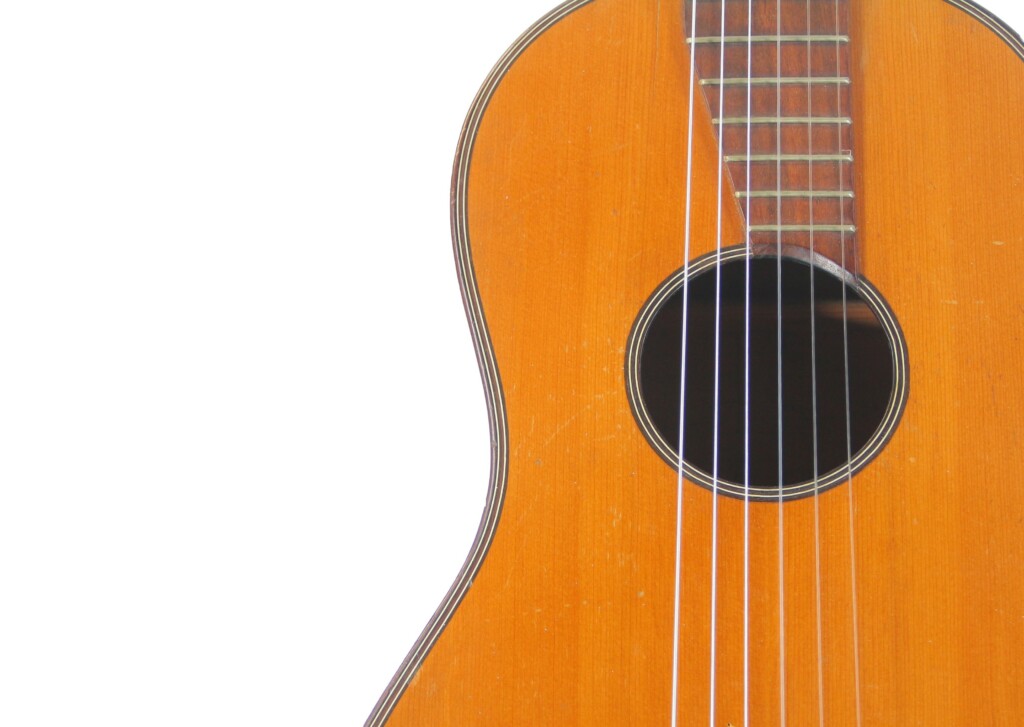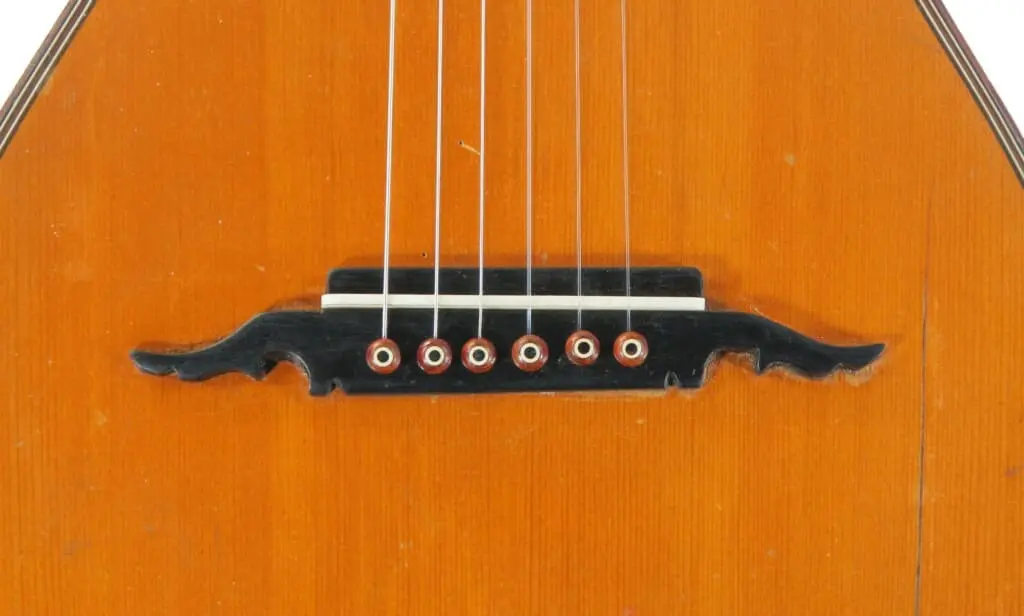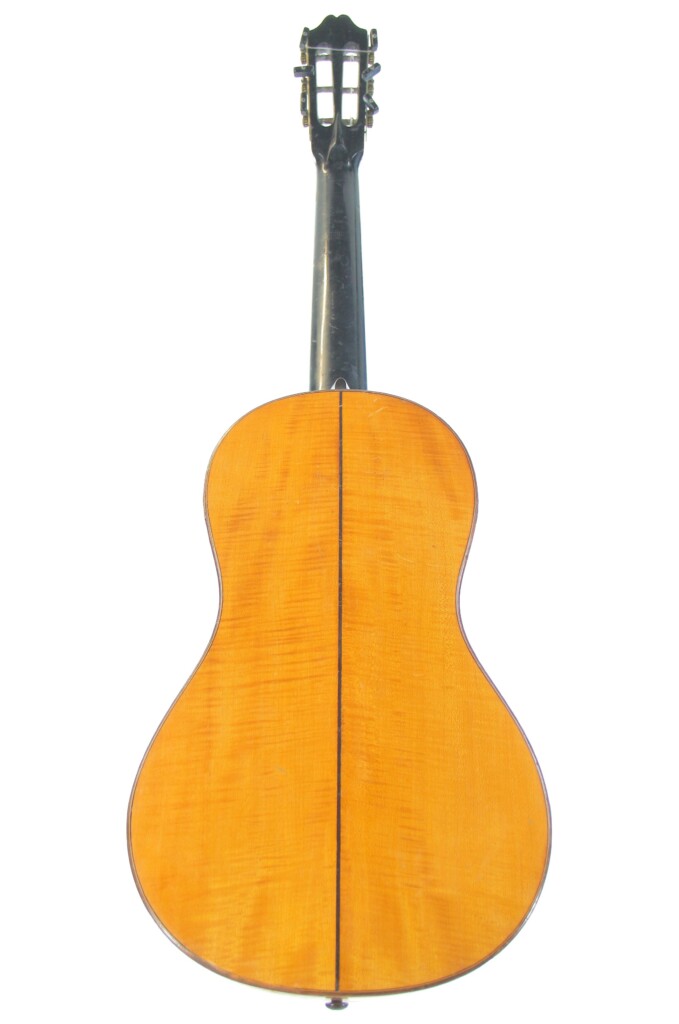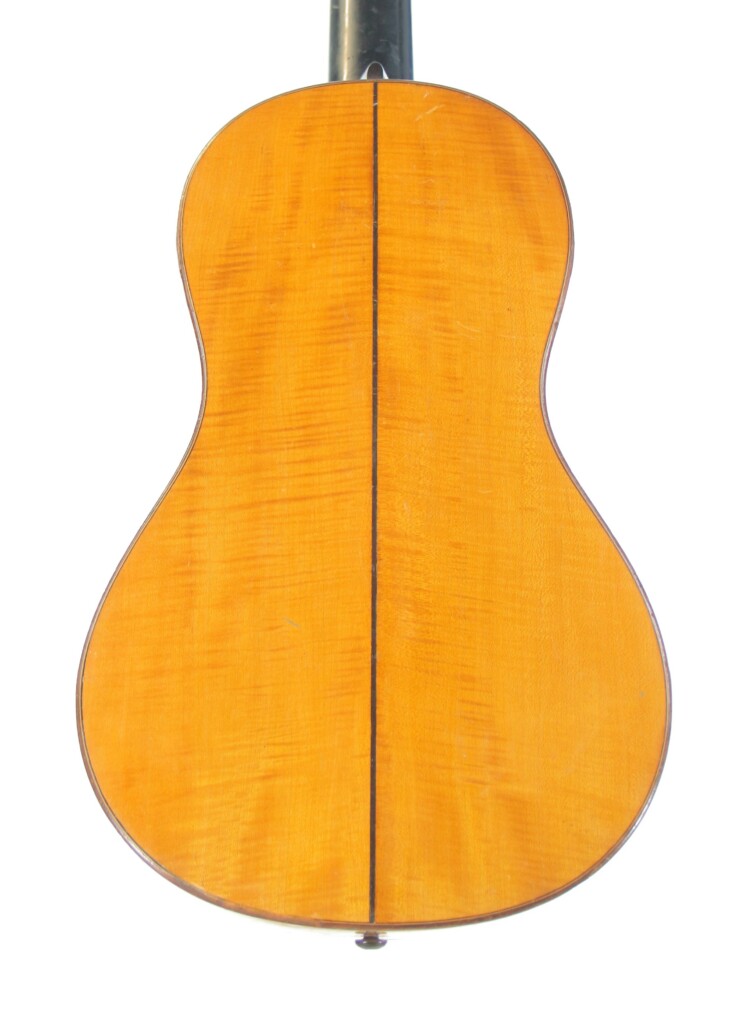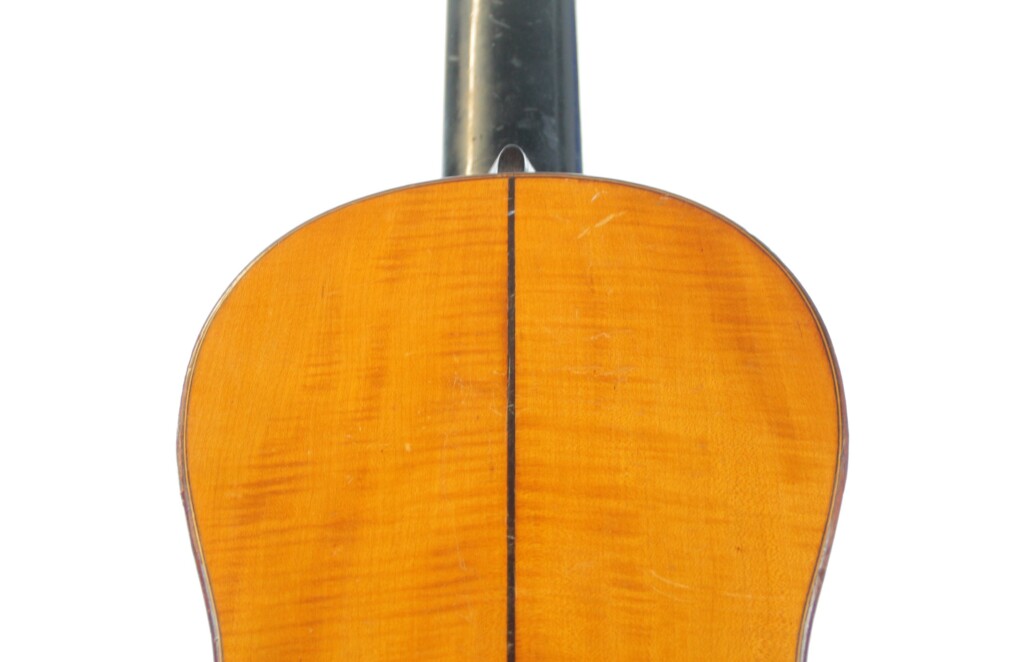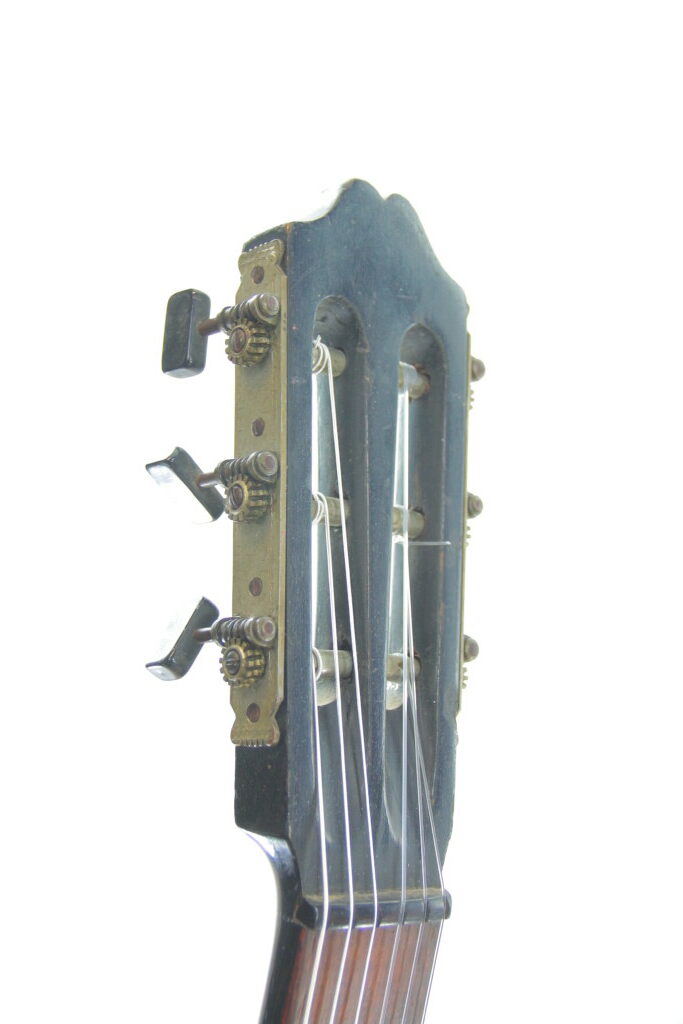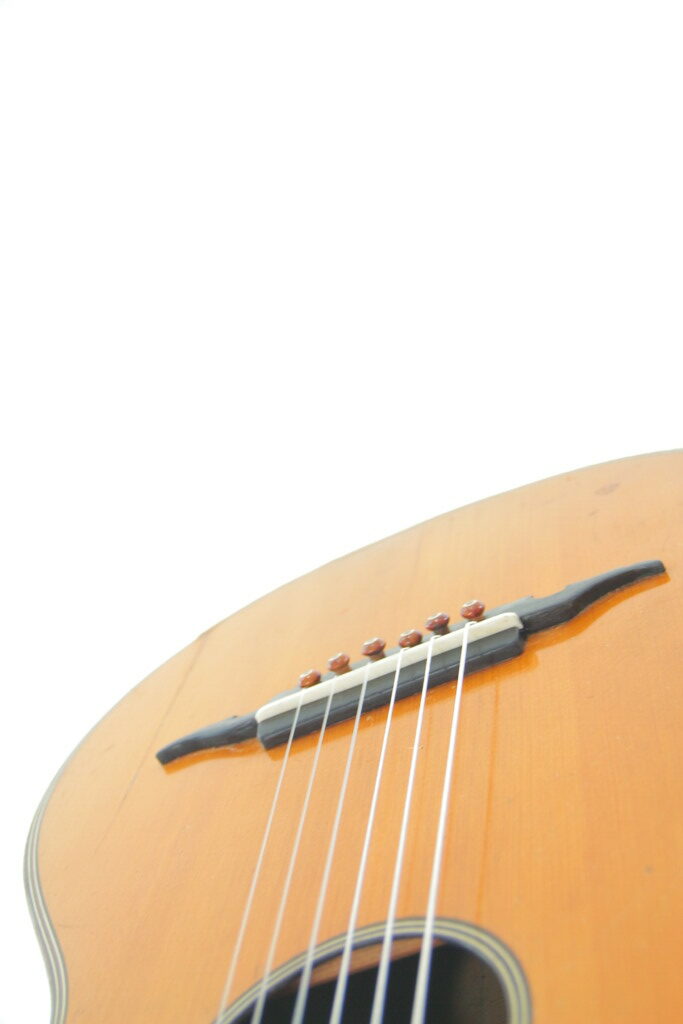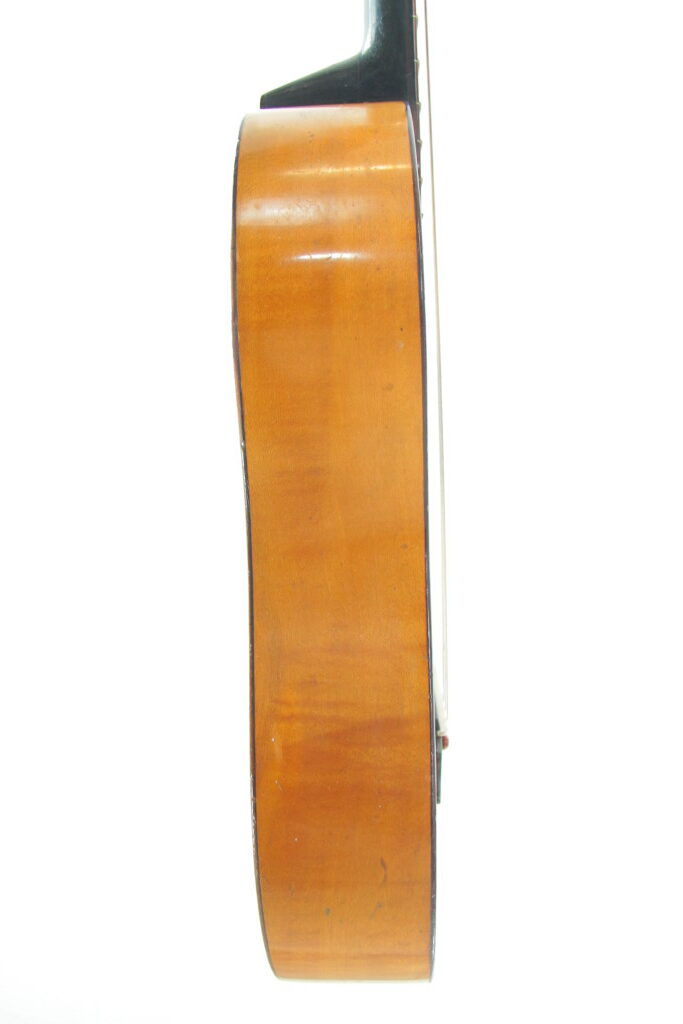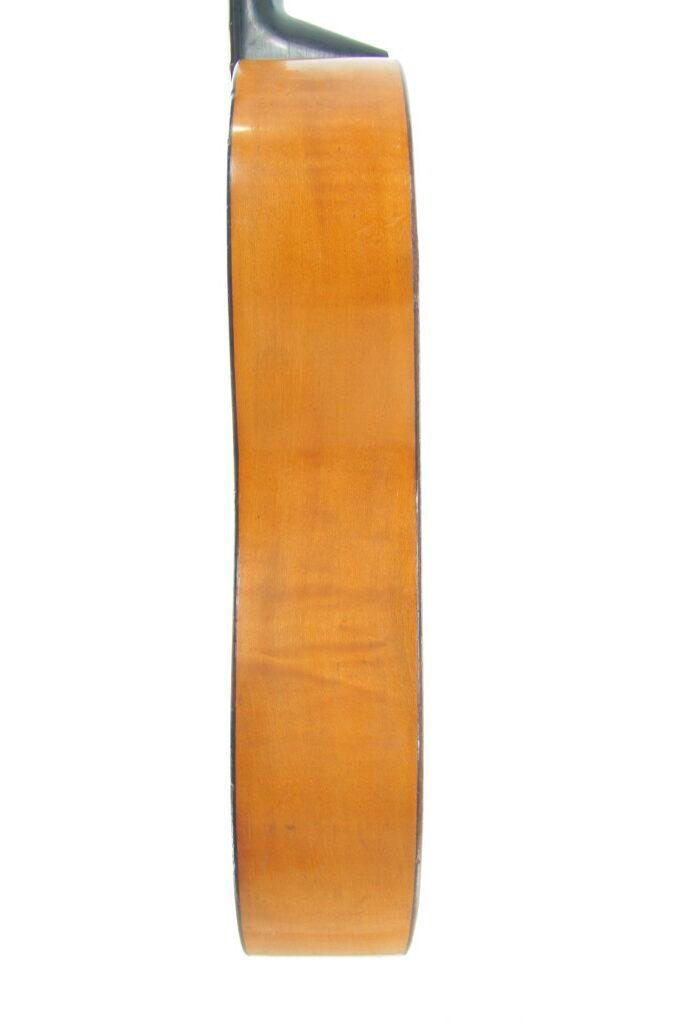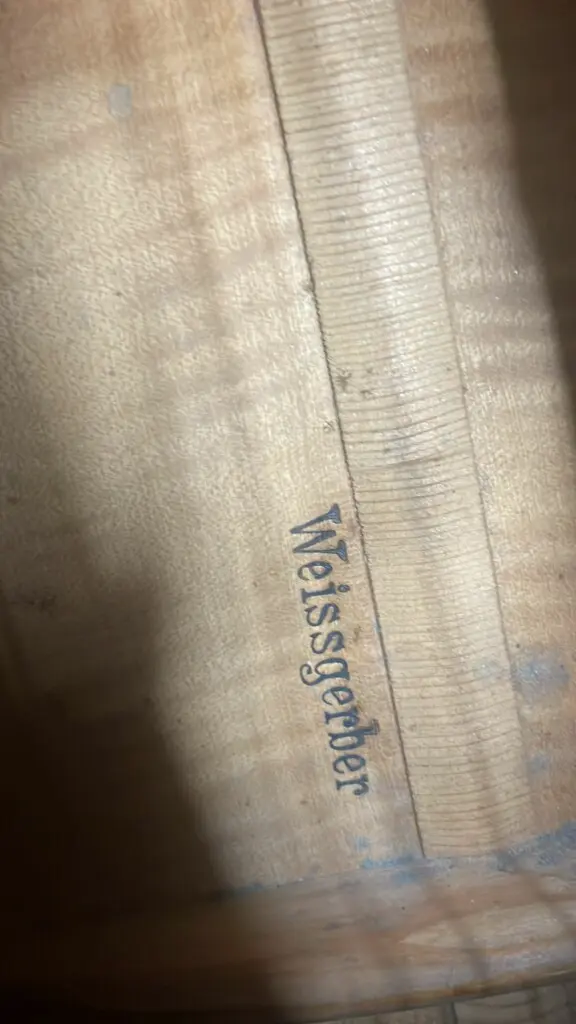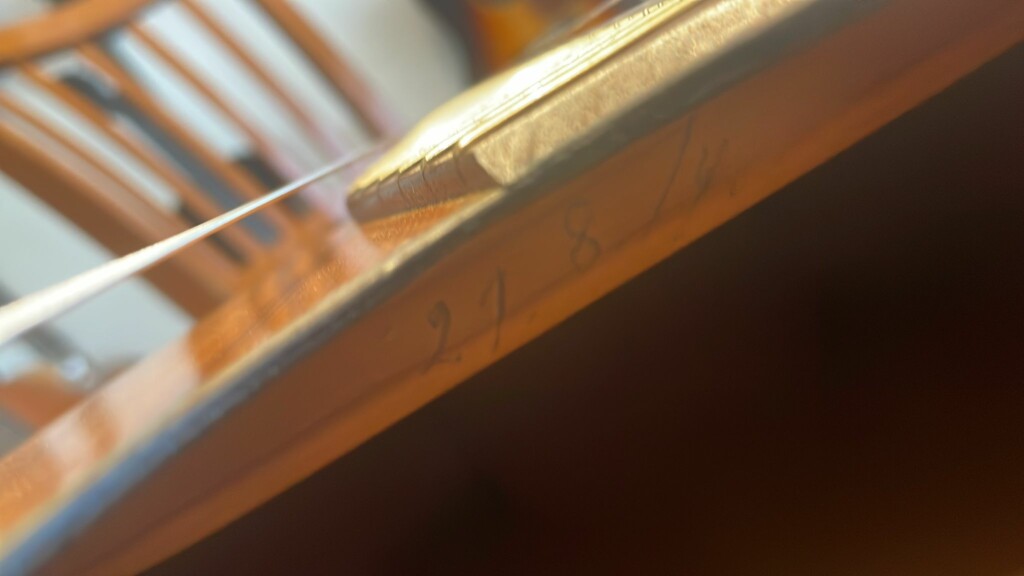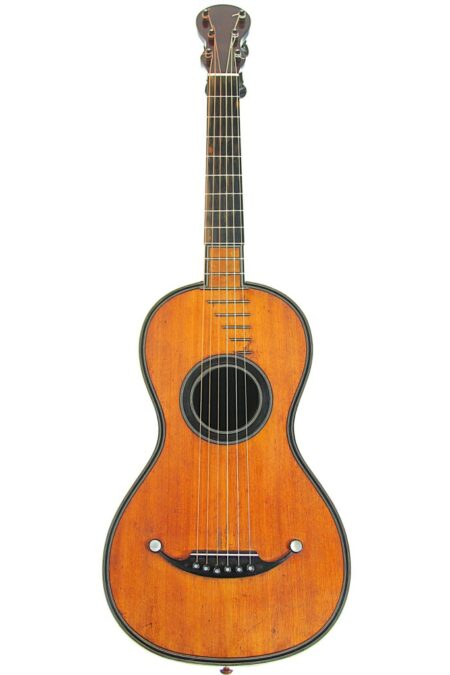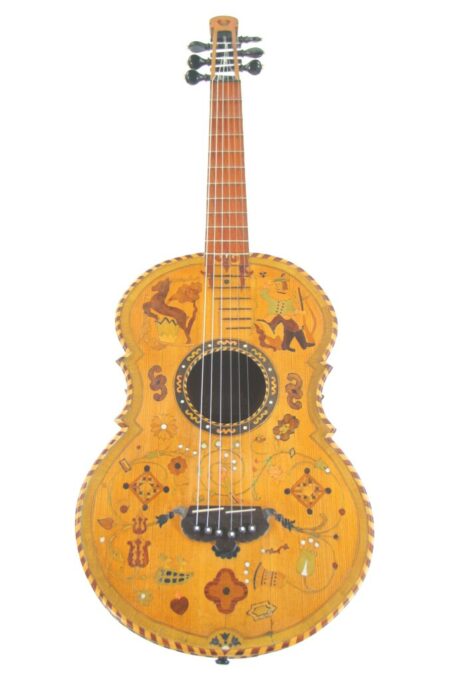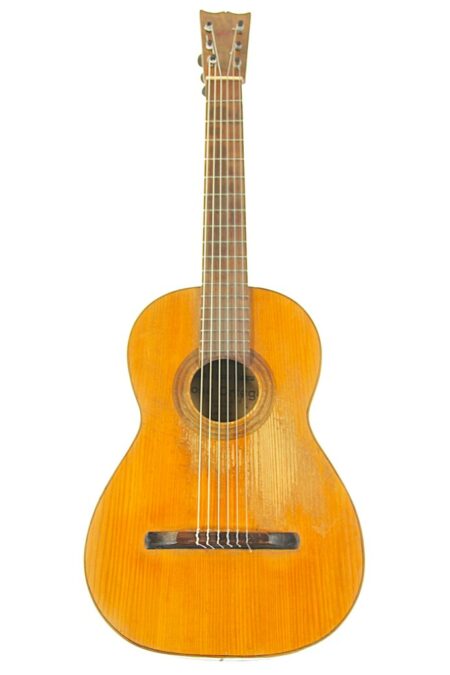Description
Richard Jacob Weissgerber 1921 – finely built guitar with smaller body – it has an impressive sound!
Richard Jacob Weissgerber was born in Markneukirchen, Germany in 1877 into a guitar-making family and spent his childhood years surrounded by his father’s richly decorated instruments and also under the supervision of the master violin maker Christian Wilhelm Seidel. In his teenage years, he trained and apprenticed as a zither maker then assisted with guitar maker Wilhelm Voigt for six years. With this deep background, in 1905 Richard Jacob set up his own independent guitar workshop.
Early in his career, Richard Jacob had “Weissgerber” patented as a trade name, which allowed him to freely innovate and create new designs into his guitar making. It seems at the outset, he built largely in the popular Viennese style but eventually began to design and develop new models with unusual forms and decorations that were always exquisitely finished – this gave his instruments a competitive edge which made them standouts in the busy guitar-making city of Markneukirchen. He traveled extensively through Germany and Austria to accumulate knowledge of all the various guitar making styles that were being used and became actively involved with the “Guitar Movement” (“Gitarristische Bewegung”) in Germany, maintained intensive contact with the International Guitar Association (Internationaler Guitarrenverband) and to many important guitarists. In 1921, he was visited by Miguel Llobet, and in 1924 Llobet returned again with Andres Segovia and he was able to see their instruments – Torres and Manuel Ramirez, which greatly influenced his work. Many other players including Emilio Pujol and Luise Walker also came to Markneukirchen with their instruments which would steer Richard Jacob’s building approaches more and more in the direction of the Spanish guitars – gaining stylistic insights from Torres to Simplicio. Although he absorbed and assimilated these Spanish traditions, he never abandoned his experimental approach and always sought to integrate these elements into his unique construction methods to create truly unique instruments spread over a wide variety of models. Richard Jacob remained dedicated to the building of guitars to the very end of his life, even completing three instruments in his last year, at the age of 83. He died in 1960, leaving his eldest son Martin (1911-1991) to run the “Weissgerber Guitar Workshop” until its closing in 1990.
From the outset of Richard Jacob’s career, Weissgerber guitars quickly gained a strong following among professionals. Many of the most respected guitarists of that time played Weissgerber instruments. This included Heinz Teuchert (founder of the Frankfurt school of guitar and lute playing), Karl Scheit and Siegfried Behrend to name but a few.
This particular instrument by Richard Jacob Weissgerber 1921 is a Vienna Model. It has a compact body size and smaller string length, making it very easy to play. The scale length is 620 mm and the nut width 44 mm. It has a spruce top and maple back and sides.
The guitar sounds noble and immediately impresses with a very complex tone. The basses are deep and the trebles are smooth, lively and colourful with great expressiveness.
As soon as you play the guitar, you have the impression of melting into the instrument, because the sound is very touching, this guitar awakens deep emotions and you can literally feel how the tones just jump out of the instrument.
Definitely a guitar on a very high level with which you can authentically revive the music of that time.
The guitar has been restored and a few cracks have been repaired. The bridge is a newer one (true to the original). It plays great, with a low action and a straight neck.

